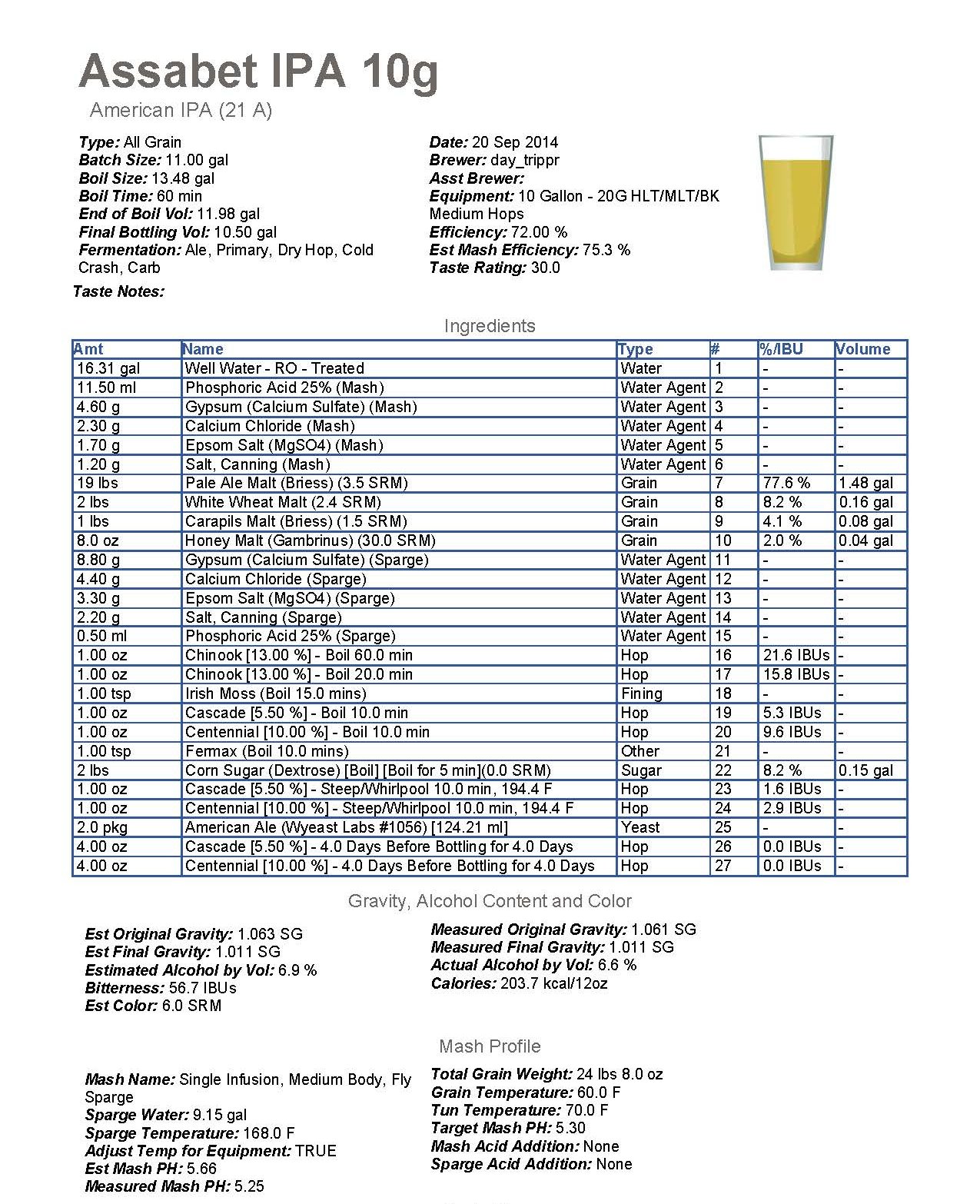PapaBearJay
Well-Known Member
- Joined
- Dec 5, 2012
- Messages
- 601
- Reaction score
- 198
This batch scored a 33.5 at the Upper Mississippi Mashout last weekend. I also entered it in the Saint Paul Beer Dabbler Winter Carnival... I will be sure to post results!
Did you go to Winterfest this past Friday?








































